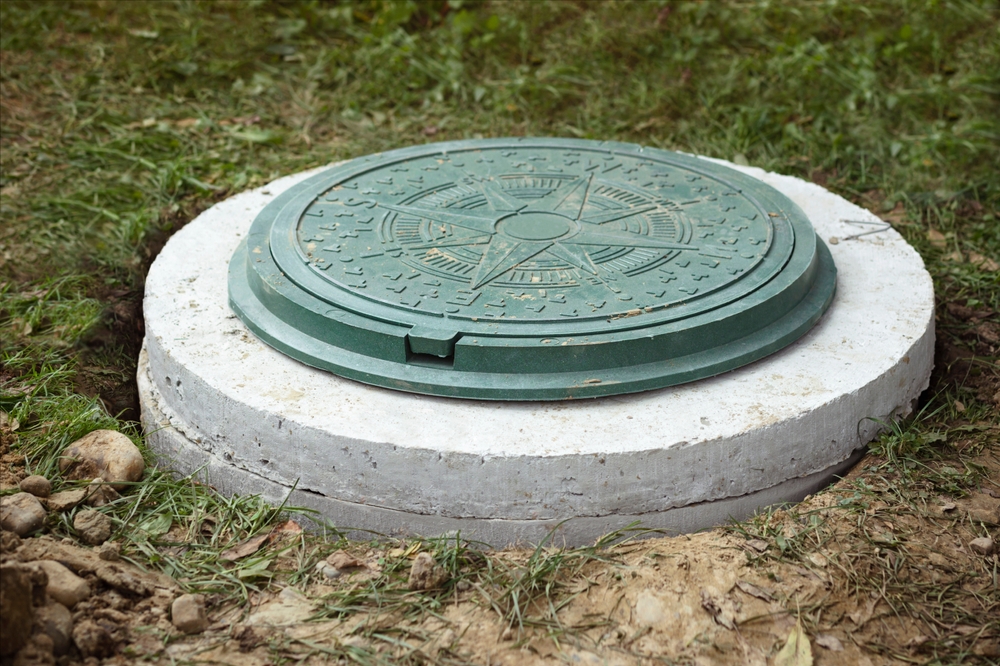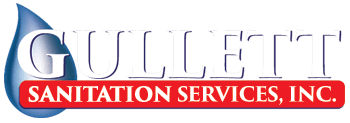
When developing property in Ohio, one of the most crucial infrastructure decisions involves the choice between a septic system and a connection to a public sewer system. While this may seem like a technical or routine matter, it has broad implications—from cost and compliance to land use, environmental impact, and long-term maintenance. This article provides an in-depth exploration of septic vs sewer systems, especially tailored for property developers navigating regulations and development planning in Ohio. We’ll cover the fundamental differences, the key pros and cons of each system, regional considerations, and the impact on property value and development potential.
Septic and Sewer Systems Explained
Septic and sewer systems are both wastewater treatment options, but they differ significantly in design, management, and scope. A sewer system is a centralized infrastructure operated by a municipal or regional government, collecting and treating wastewater from numerous homes and businesses through a network of pipes that lead to a treatment plant. This system is common in urban and suburban areas where the density of buildings makes such infrastructure feasible and cost-effective.
By contrast, a septic system is a decentralized, on-site wastewater treatment solution. Wastewater from the property enters a septic tank, where solids settle to the bottom and are broken down by bacteria. The liquid effluent then flows to a drain field (also known as a leach field), where it percolates into the soil and undergoes further natural filtration.
In Ohio, both systems are in use depending on the location and population density. Urban areas like Columbus and Cleveland rely heavily on sewer systems, while rural and exurban communities often turn to septic installation due to the high cost of extending public sewer lines.
Septic Installation in Ohio: Regulatory and Environmental Considerations
Property developers in Ohio must closely follow the regulations set forth by local health departments and the Ohio Department of Health when considering septic installation. The first step in this process is a soil evaluation conducted by a licensed soil scientist to determine the suitability of the site for a septic system. The soil’s permeability, groundwater levels, and proximity to water sources play significant roles in determining whether a septic system can be safely and legally installed.
Ohio’s environmental conditions—including its clay-heavy soil, seasonal freezing, and variable water tables—can pose challenges for septic installation. Developers must also consider required setbacks from wells, property lines, and bodies of water. The permitting process is stringent, and the final system design must be approved before construction begins.
Maintenance is another critical aspect. Ohio law requires periodic inspections and pumping of septic tanks to prevent system failures, which can lead to environmental contamination and costly repairs. Developers must plan for future homeowner education and system longevity as part of their overall development strategy.
In contrast, sewer systems, once available, often reduce the complexity of regulatory approval. However, tying into an existing sewer system involves connection fees, capacity assessments, and sometimes mandatory infrastructure upgrades, all of which can drive up the upfront costs.
Cost Comparison: Upfront and Long-Term Financial Implications
One of the most significant factors influencing the choice between septic vs sewer systems is cost. The initial cost of septic installation in Ohio typically ranges between $5,000 and $15,000 per system, depending on the type of system, soil conditions, and site preparation needs. Advanced treatment systems or alternative designs may push that cost higher, especially on lots with challenging terrain or poor soil conditions.
Conversely, connecting to a public sewer system can carry hefty tap-in fees and assessment charges. These fees vary widely by municipality but can range from $2,000 to over $10,000 per lot. Additionally, developers may be required to extend sewer lines to reach new subdivisions, an expense that can reach hundreds of thousands of dollars depending on the distance and infrastructure needed.
Over the long term, septic systems come with ongoing maintenance costs—regular pumping every 3–5 years, periodic inspections, and eventual system replacement every 20–30 years. Sewer-connected properties, on the other hand, pay monthly or quarterly sewer utility bills, which cover treatment, maintenance, and upgrades to the system.
From a financial standpoint, the trade-off is between higher upfront costs and predictable ongoing expenses. For developers planning large-scale subdivisions, the cumulative costs of either option must be carefully modeled during the feasibility stage of a project.
Land Use and Development Impact: Layout, Density, and Flexibility
Another key consideration when evaluating septic vs sewer systems is the impact on site layout and development density. Septic systems require a significant amount of land for the tank, leach field, and backup area in case of system failure. This can limit lot density, particularly on smaller parcels, and may make it difficult to fully utilize the land’s development potential.
For instance, a single-family lot served by a septic system in Ohio may need at least one acre or more, depending on the soil conditions and the local health department’s requirements. This can be a dealbreaker in regions where higher density or mixed-use developments are planned. Septic systems are also typically not permitted for multifamily developments beyond a certain scale due to health and safety concerns.
In contrast, sewer systems allow for more compact development. The ability to connect multiple structures to a centralized line means more flexibility in site design and higher lot yield. This can lead to more profitable developments in areas where the land cost is high or where zoning supports dense construction.
Moreover, when planning phased developments, having access to sewer infrastructure simplifies the process of scaling and expanding. Developers should weigh the land-use efficiency and flexibility that sewers offer against the autonomy and independence that septic systems provide, especially in rural or transitional zones.
Final Decision Factors: Marketability, Sustainability, and Long-Term Value
Ultimately, the decision between septic and sewer systems affects more than just engineering and economics—it also touches on marketability, sustainability, and community appeal. Many buyers prefer homes connected to public sewer systems for their convenience and perceived reliability. This can translate into faster sales and potentially higher home values, particularly in competitive suburban markets.
That said, well-maintained septic systems have their advantages. They offer independence from utility providers, lower long-term operating costs, and in some cases, environmental benefits. For properties with abundant land and low development pressure, septic systems can be a perfectly viable and even preferable solution.
Sustainability is another important angle. Newer septic technologies in Ohio offer advanced treatment capabilities, reducing the risk of groundwater contamination. Meanwhile, aging sewer systems in many Ohio municipalities are in need of upgrades, and sewer overflows during heavy rain events can pose public health hazards. Developers should stay informed about infrastructure plans and utility performance when making these decisions.
From a long-term perspective, the choice also affects future redevelopment or resale potential. A property with sewer access may be easier to convert for commercial or multifamily use later. On the other hand, a property with a well-documented and functioning septic system may appeal to eco-conscious buyers or those seeking rural lifestyles.
Conclusion
The choice between septic and sewer systems for property development in Ohio is complex and multifaceted. It demands a deep understanding of local regulations, environmental conditions, financial models, and community needs. By weighing all these factors carefully, developers can make informed decisions that balance short-term feasibility with long-term success. Whether opting for septic installation or leveraging Ohio’s public sewer infrastructure, the key is thoughtful, proactive planning aligned with the realities of the local development landscape.
Need Septic Contractors in Bethel, OH?
Gullett Sanitation Services, Inc. offers mobile de-watering of sludge and slurries in and around Bethel, OH, utilizing Roediger belt filter presses, as well as services and repairs on all major brands of home aeration systems. We also work with jet aeration and cleaning for sewer system lines (up to 8 inches in diameter), permits and consultation for biosolids, the transportation of non-hazardous wastewater, sludge removal from all types of waste lagoons, service and repairs on residential sewer systems, and the removal of grit, rags, and debris from anaerobic or aerobic digesters. Give us a call today and let us be your septic and dewatering service in Ohio!
